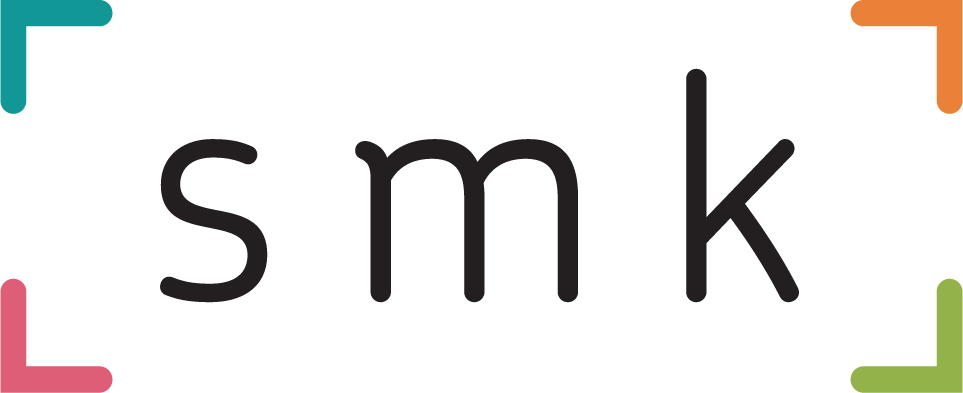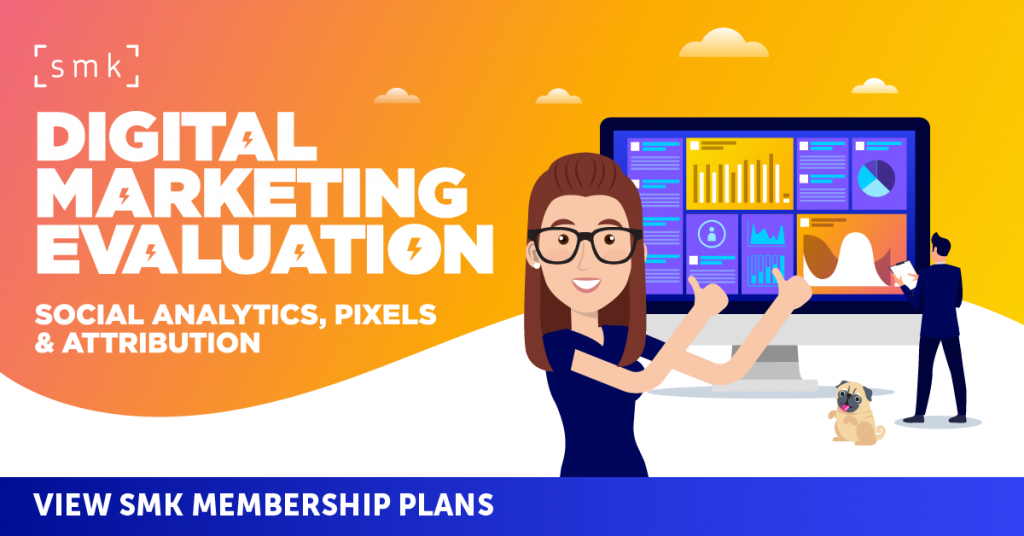YouTube engineers explain video recommendation rankings
YouTube has published an overview of how its recommendation system works, which will help brands and marketers understand how the system ranks videos to users – with that insight, it should be easier to attract more views and earn a better response from your audience.
Cristos Goodrow, VP of Engineering, YouTube
"Our recommendation system is built on the simple principle of helping people find the videos they want to watch and that will give them value."
Recommendations can be found in two places:
- YouTube's homepage.
- The 'Up Next' panel.
While it is far from full proof, as everyone has unique tastes, YouTube's recommendations will find related links and then use them to connect the dots for you.
Cristos Goodrow, VP of Engineering, YouTube
"Our system compares your viewing habits with those that are similar to you and uses that information to suggest other content you may want to watch."
For example, if you love rugby union or are an avid AFL fan and watch a lot of sports content on YouTube, the algorithm will see what other types of videos people who love rugby or AFL tend to watch. Then, you may be recommended those other types of videos, even if you've never shown an interest in them before.
While probably benign in most situations, this has also played a problematic role in the past within YouTube. Supposedly fanning the flames of extremism, radicalisation and health misinformation.
An evolving beast
Back in 2008, when the YouTube recommendation system was launched, videos were recommended purely based on popularity. By 2011, YouTube decided to tweak the system to avoid recommending 'racy' or violent content. In 2012, "Watchtime" was incorporated in recommendations.
The following nine years have seen a host of changes to the algorithm, which now uses 80 billion signals to provide users with the best personalisations for them.
Businesses who want to learn how to get content to rank highly in recommendations should pay attention to the following signals.
Clicks
Videos that users click on provide YouTube with a strong indication of a user's interest, but it's not the be-all-and-end-all as someone may click on your video but realise it's not what they want and move on to the next one.
Therefore marketers need thumbnails, titles and descriptions to be attractive and draw users in, but don't sensationalise or provide a false sense of what content you're offering because watchtime, another metric, is essential.
Watchtime
Watchtime measures how long a person watches each video, which helps YouTube recommend content that matches a user's interests.
Cristos Goodrow, VP of Engineering, YouTube
"So if (a) tennis fan watched 20 minutes of Wimbledon highlight clips, and only a few seconds of match analysis video, we can safely assume they found watching those highlights more valuable."
For brands, this is important. It's no longer good enough to tempt lots of people to click on your video; for it to be recommended to others, your viewers need to watch it, too.
Watchtime is also about providing value. YouTube will prioritise 'valued watchtime' over time spent viewing low-quality stuff. It's important to consider that when planning your next video campaign – prioritise adding insight and meaning over the volume of content.
Survey responses
YouTube likes to conduct viewer surveys to make sure they're satisfied with their experience. Users are asked to rate a video they just watched from one to five stars – this is where valued watchtime comes into play.
It's more likely to recommend content users loved than not – so make sure you're providing a high-quality experience.
Shares, likes, dislikes
Shares, likes and dislikes are used to signal how happy a user is with your content.
Cristos Goodrow, VP of Engineering, YouTube
"Our system uses this information to try to predict the likelihood that you will share or like further videos. If you dislike a video, that's a signal that it probably wasn't something you enjoyed watching."
Even the biggest channels regularly remind viewers to like, share and subscribe as these are important signals for YouTube and can help them to be recommended more frequently. Brands must do the same – no matter how lame it may feel.
"Authoritative" or "borderline" video content
After several years of warranted criticism, YouTube has made improvements to how it amplifies "problem" content, although there remains much to be done. Much as there is on Facebook, Instagram, Twitter, TikTok etc.
YouTube does take steps to avoid recommending borderline content – for example content that includes conspiracy theories or misinformation, using human evaluators.
Likewise, human evaluators will look to assess "authoritativeness" to determine whether a channel is eligible or qualified to make the claims that it does.
To determine authoritativeness, evaluators answer a few key questions:
- Does the content deliver on its promise or achieve its goal?
- What kind of expertise is needed to achieve the video goal?
- What's the reputation of the speaker in the video and the channel it's on?
- What's the main topic of the video (eg. News, Sports, History, Science, etc)?
- Is the content primarily meant to be satire?
These answers and more determine how authoritative a video is. The higher the score, the more the video is promoted regarding news and information content.
Any video that is classified as lacking authority or, worse still, borderline won't be recommended. Brands need to know this for two reasons:
- Businesses can sometimes get content flagged inappropriately as borderline.
- Borderline content will not be monetised.
While the former is a massive pain in the derrière, the latter is more welcomed.
Non-monetisation is positive for advertisers, who won't run the risk of reputational damage from their adverts running next to questionable content.
YouTube's insights tell us that brands need to align with viewer interests to be shown in more recommendations. Be aware of your target audience, create quality content and ensure you have a strong web presence. All of that should improve your YouTube performance!



RECOMMENDED FOR YOU
Meta Brings AI Video Editing to Instagram and Meta AI
Meta has launched a new AI-powered video editing feature…
Meta has launched a new AI-powered video editing feature…
Google Expands AI Max To Boost Search Ads
As generative AI continues to reshape how people interact…
As generative AI continues to reshape how people interact…
Instagram Launches “Edits” to Rival CapCut
Instagram has officially launched its new standalone video editing…
Instagram has officially launched its new standalone video editing…